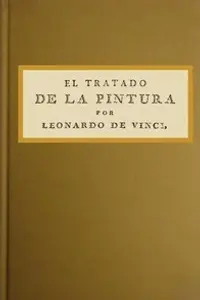Resumen
El tratado de la pintura is a foundational Renaissance text on the principles of painting and artistic representation, often attributed to Leonardo da Vinci, though its early transmission and editions were influenced by humanists like Leon Battista Alberti.
The treatise explores essential topics such as perspective, proportion, anatomy, light, shadow, and movement, aiming to elevate painting from mere craft to an intellectual discipline comparable to science and philosophy.
Leonardo (and Alberti’s intellectual framework) argues that painting is a universal language capable of capturing both the beauty of nature and the complexity of human emotion.
The text offers practical guidance for artists, alongside profound reflections on the nature of art, perception, and knowledge.
This work not only influenced generations of painters but also became a cornerstone of Western art theory, marking the Renaissance shift toward rationality, humanism, and scientific observation in artistic creation.
